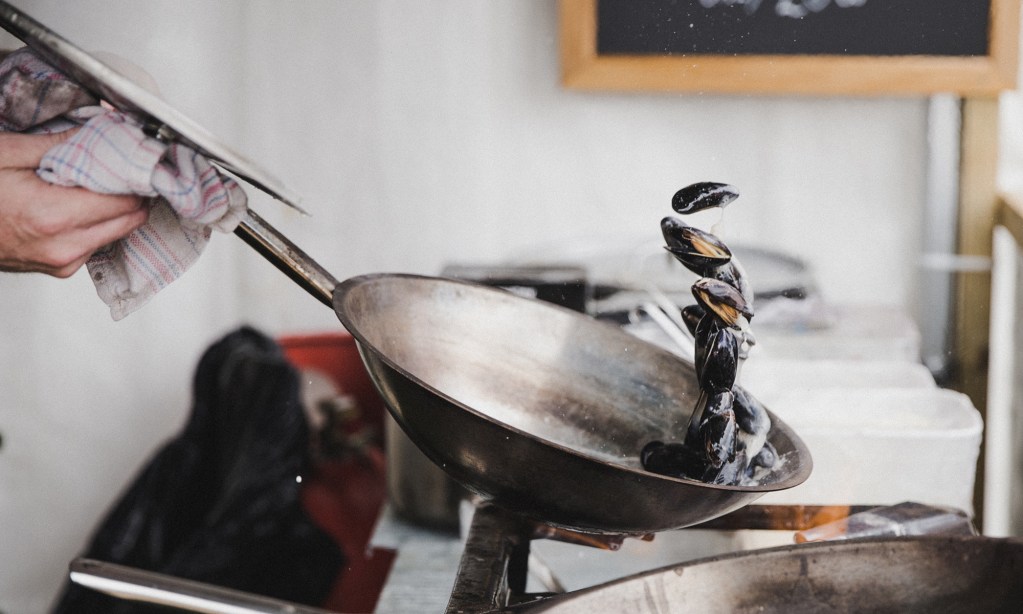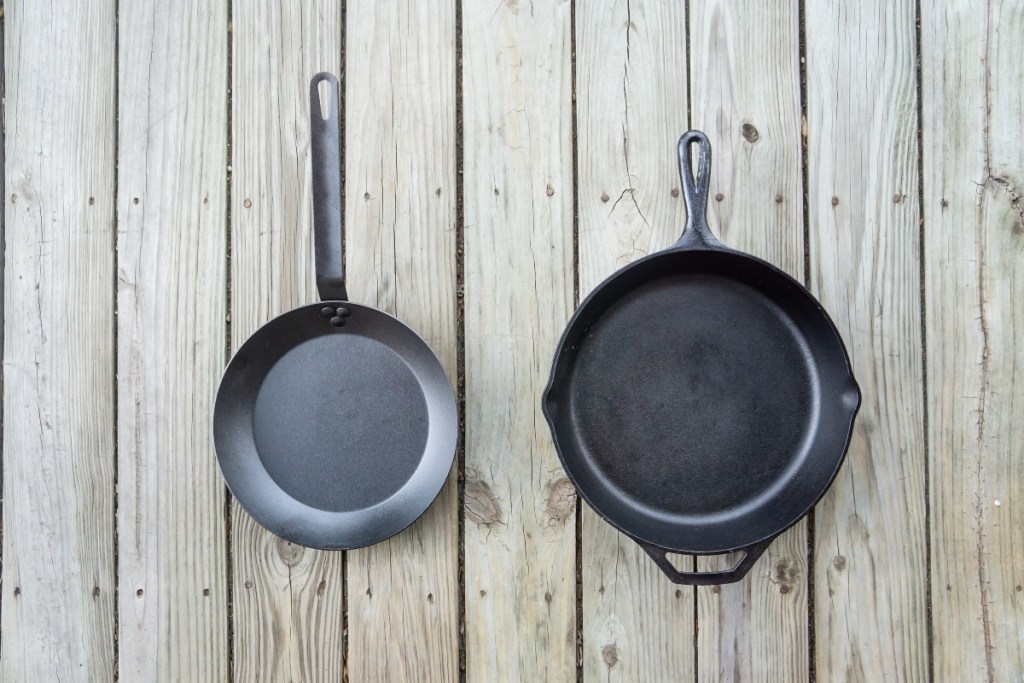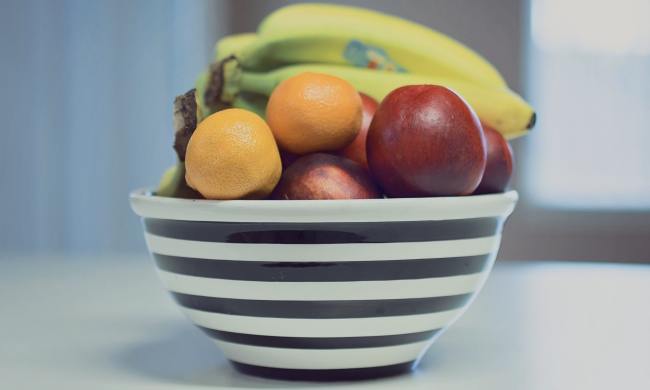Ease in the kitchen is a goal among home chefs and professionals alike. Non-stick pots and pans have climbed to the top of every cook’s list of essential kitchen items, as the non-stick Teflon coating makes cooking and clean-up a breeze. Unfortunately, the coating may pose a danger to your health. Ready to learn more? Let’s dive into the ins and outs of this nonstick coating and see what experts have to say about keeping Teflon-coated products in your home.

What are the health risks of nonstick cookware?
Teflon is a trademarked name for Polytetrafluoroethylene (PTFE), a fancy name for the chemical on cookware that makes it non-stick. According to the National Center for Biotechnology Information, “at normal cooking temperatures, PTFE-coated cookware releases various gases and chemicals that present mild to severe toxicity.” Many researchers maintain that, while PTFE isn’t dangerous to humans on its own, the risk can increase when it’s used improperly. When PTFE coating is heated to high temperatures, the substance begins to break down and release gasses that can cause a condition called polymer-fume fever, which presents with flu-like symptoms.
Tips for using nonstick pans safely
Using non-stick pans is not necessarily a dangerous practice, but taking a few precautions can go a long way to prevent the release of harmful gasses.
Avoid the high heat setting
As previously mentioned, high temperatures can break down the non-stick material and release potentially dangerous gasses into the air. Experts agree that the highest temperature Teflon should be heated to is 500°F, which is generally around the medium to medium-high heat setting on many stoves. If you need to cook something at a higher heat setting, use cookware that does not have a non-stick coating, and instead, use butter or oil to prevent sticking.
Buy heavier non-stick cookware
The more lightweight your cookware, the faster it will heat up. This means that the non-stick coating will start to break down quickly, even while it’s still preheating. While they may be pricier, bulkier non-stick pots and pans take longer to heat up so it’s easier to monitor them and adjust the temperature as needed.
Don’t sear meat
Searing meat requires high temperatures in order to trap in the meat’s juices quickly. If you do need to sear your meat, do so in an uncoated pan or cast-iron skillet.
Don’t pre-heat a pan that’s empty
When heating a pan, ensure there is oil or food coating the bottom. An empty pan heats quickly, and the Teflon will pass the safe temperature threshold faster than you think.
Cook in a well-ventilated kitchen
Most of us can’t tell the exact temperature of the pan simply from looking at it, so it can be difficult to know for sure whether it’s overheated or not. Stay on the safe side, and cook in a kitchen that’s well-ventilated. Opening a window or blowing a fan in the room will remove any harmful gasses from the air, ensuring you don’t inhale them while you cook.

Safe Teflon alternatives
If you want to avoid Teflon altogether or just keep some backup cookware on hand, we’ve got you covered. While many alternatives to Teflon run a bit on the pricier side, they tend to last longer and, most importantly, are safer at high temperatures.
Cast iron
A cast-iron pot or skillet is a tried and true cookware option for any chef. A sturdy and heftily built material, cast iron has been around for centuries and every generation of its cookware just gets better. These pans are so durable that many become family heirlooms that, if properly cared for, can be passed down for generations. Cast iron is particularly great for searing and cooking meats like steak, chicken, and burgers since a well-seasoned skillet can lock in moisture, making for tender and juicy meat. Once your cast iron is well-seasoned, it becomes a great non-stick cookware option.
Carbon steel
Made up of mostly pure iron, carbon steel cookware is growing in popularity among professional chefs because of its durability and versatility. These pans work well for stovetop cooking, sautéing, baking, and broiling. Carbon steel retains its quality day after day without being worn or damaged, even at super high temperatures. Best of all, it’s completely non-stick when coated with oil, and is much lighter than its cast-iron cousins.
Non-stick cookware options are a must in the kitchen of any serious cook. While Teflon products are convenient and inexpensive, it’s important to consider the health risks, especially if you tend to cook at high temperatures. Whether you use your Teflon cautiously or opt for a safer non-stick alternative, make sure you have the right tools in the kitchen to craft your favorite meals easily and safely.



